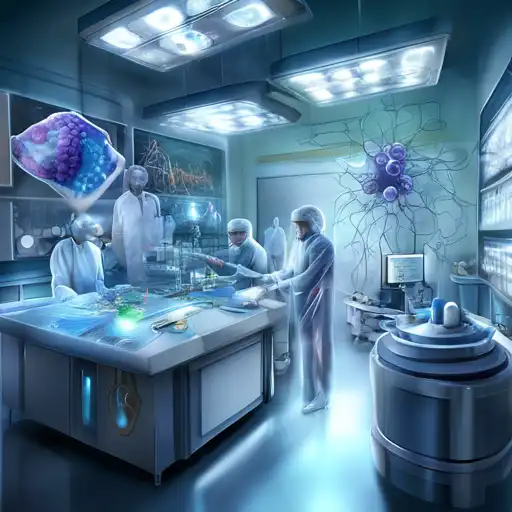Introduction to Nanotechnology in Medicine
Nanotechnology, the science of manipulating matter at the atomic and molecular scale, is set to revolutionize the medical field. With its ability to operate at the same scale as biological molecules, nanotechnology offers unprecedented opportunities for diagnosis, treatment, and prevention of diseases. This article explores the groundbreaking advancements and potential of nanotechnology in medicine.
The Promise of Nanomedicine
Nanomedicine, the application of nanotechnology in healthcare, promises to transform the way we approach disease treatment and prevention. From targeted drug delivery systems that minimize side effects to nanorobots capable of repairing damaged tissues, the possibilities are endless. The precision and efficiency of nanomedicine could lead to more effective treatments with fewer side effects.
Current Applications of Nanotechnology in Medicine
Today, nanotechnology is already making waves in various medical applications. Some of the most notable include:
- Drug Delivery: Nanoparticles are used to deliver drugs directly to diseased cells, reducing the impact on healthy cells.
- Diagnostic Tools: Nanosensors can detect diseases at their earliest stages, even before symptoms appear.
- Regenerative Medicine: Nanomaterials are being used to create scaffolds that support tissue regeneration.
Future Prospects
The future of nanotechnology in medicine is bright, with research focusing on more sophisticated applications such as:
- Nanorobots: Tiny robots that can perform surgeries at the cellular level.
- Personalized Medicine: Nanotechnology could enable treatments tailored to the individual's genetic makeup.
- Cancer Treatment: Advanced nanotech solutions aim to target and destroy cancer cells without harming surrounding tissue.
Challenges and Ethical Considerations
Despite its potential, the integration of nanotechnology into medicine faces several challenges, including safety concerns, ethical issues, and the need for regulatory frameworks. Ensuring the safe use of nanomaterials and addressing public concerns are crucial steps toward the widespread adoption of nanomedicine.
Conclusion
Nanotechnology in medicine represents a frontier of innovation with the potential to drastically improve healthcare outcomes. As research progresses, the medical community must navigate the challenges and ethical considerations to fully realize the benefits of this transformative technology. The future of medicine is nano, and the possibilities are as vast as the technology itself.
